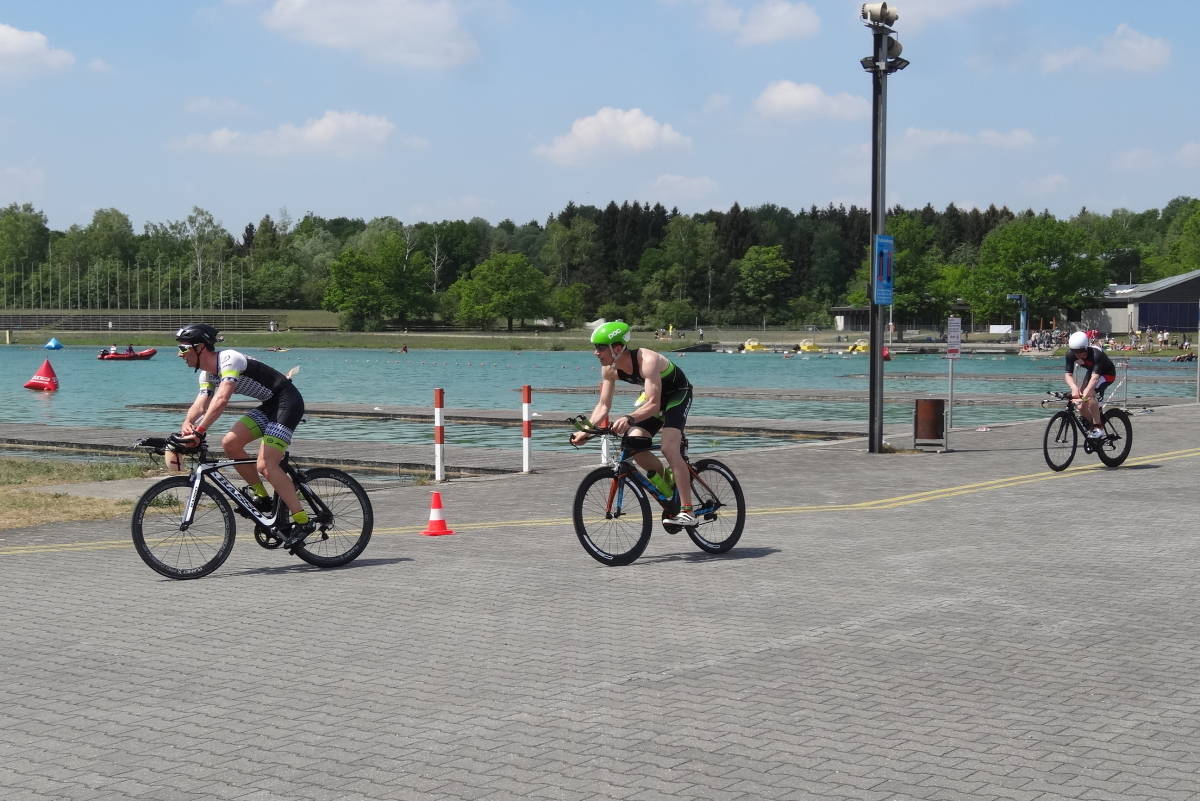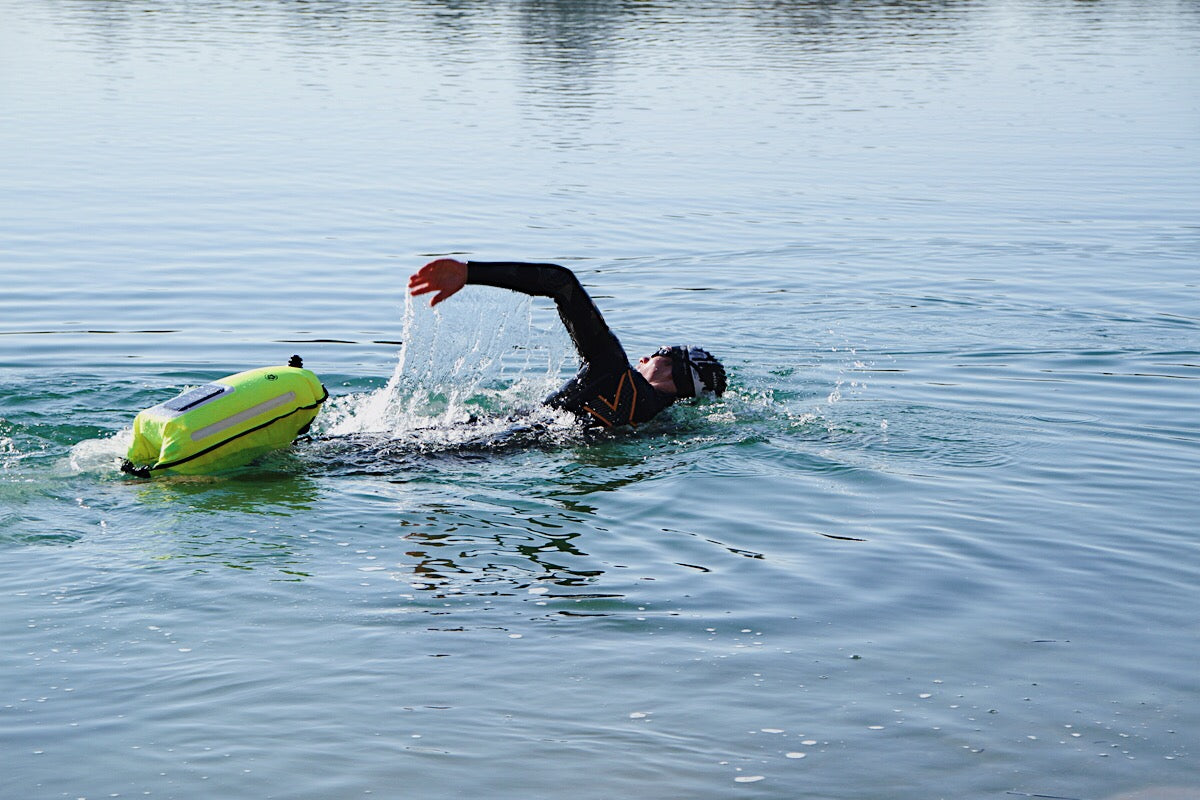For most people, the length of the bike course in the Volkstriathlon (20 kilometers) shouldn't be a big challenge. However, since the competition requires a different pace than the Sunday bike tour, you will find everything you need here to fully exploit your performance potential for the second triathlon discipline.
Three in one
As the name suggests, triathlon consists of three disciplines. However, these should by no means be considered individually, since all three are completed in a row in the competition and, depending on the performance in the popular triathlon, this can lead to a load of up to 2-2.5 hours. That's why the different disciplines are already connected with each other during the training, in a so-called coupling training. So after swimming straight onto the bike or after the bike training run a few more kilometers.
Cycling as a basis for endurance
The second part of the triathlon is particularly suitable for improving endurance performance across all sports. Several hours on the bike are quite possible for beginners, while swimming, as described in the last article, first has to internalize the technique.
Avoid injuries
However, when planning your training sessions, pay attention to your previous sporting experience. If you increase the intensity too quickly, there is a high risk of injury and overload. Therefore, increase the distance of your training rides continuously and don't try to ride at your competition speed immediately. How to train correctly follows now.
At least twice a week
If you are new to triathlon, two sessions per week make sense and are recommended to improve general but also bike-specific endurance. One of the two units should take place in the basic range (65-75% of the maximum heart rate) and the other should be built up in the interval program in order to train at competition pace.
basic training
When training in the basic area, you should constantly increase the distance over time. Choose your pace depending on your heart rate, so that it is in the right range even on climbs and headwinds.
high frequency
Orientate yourself to a cadence of 80-100 revolutions per minute during basic training. If you ride your first folk triathlon on a mountain bike, this number will be smaller.
Basic training - sample program
The length of the units in the table below is aimed at beginners and should be performed several times a week or extended depending on performance and experience
- Week: 60 minutes
- Week: 75 minutes
- Week: 90 minutes
- Week: 60 minutes
- Week: 90 minutes
- Week: 120 minutes
interval training
Before you start interval training, you should always warm up for about 20 minutes. During this time, build in short accelerations of 5-10 seconds and look for a route with few curves, traffic and altitude so that you can concentrate on your pace. If possible, training in smaller groups helps to motivate each other. Your competition pace, which you should use as a guide in interval training, is above 80% of your HRmax, alternating with periods of recovery. During these stages, you should continue to ride at an easy pace until your heart rate is below 120 beats per minute. If you train in a group, you should wait between 1-2 minutes, depending on the fitness level of the passengers.
Do not exaggerate
Although you will follow the competition pace, you should not train to the point of total exhaustion. Keep your individual performance in mind and don't risk overexertion-related injuries. After interval training, you should stretch out for about 15 minutes.
Interval training - sample program
- Week: 3 x 2 km or 4 min
- Week: 4 x 2 km or 4 min
- Week: 5 x 2 km or 4 min
- Week: 2 x 5 km or 10 min
- Week: 3 x 5 km or 10 min
- Week: 4 x 5 km or 10 min
The entire series: fit for the popular triathlon
#2 Cycling: Speed on the bike course




















